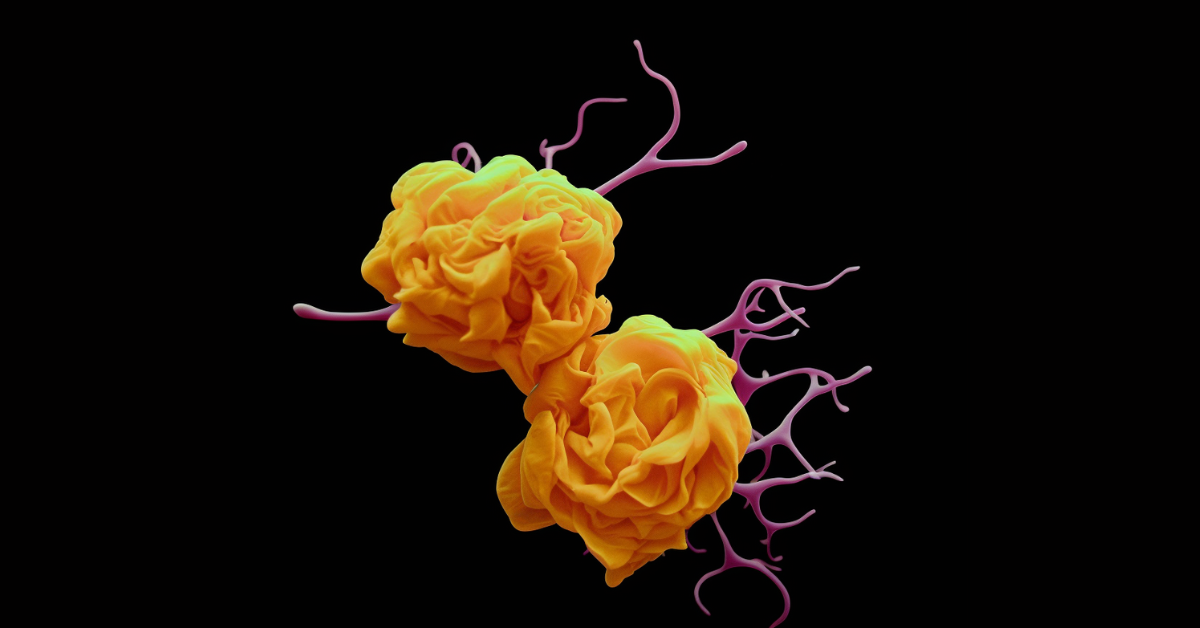When we crave a snack, why do we often find ourselves reaching for that cookie instead of an apple? Clearly, one option is healthier than the other, and yet our temptations override our better judgment. How can we break out of that cycle to make better life choices? Is there a way to overcome behaviors like biting our nails when we get nervous or downing that bag of chips when our stress levels start to peak?
Our most recent grantees are an interdisciplinary team of researchers at the University of Haifa currently working to empower people to overcome their hard-to-break ingrained habits by using non-invasive brain stimulation to shift their behavior towards more beneficial life choices and behaviors. The team includes Dr. Shai Gabay, associate professor at the evolutionary cognitive neuroscience lab and the head of the Institute of Information processing and decision making (IIPDM); Dr. Yafit Gabay senior lecturer at the learning and language lab and Dr. Uri Hertz, senior lecturer at the social decision-making lab. They will explore how transcranial direct current stimulation (tDCS), a painless solution that uses electrical currents to stimulate specific parts of the brain, can activate the neural centers that directly control attention and eye movement, which are associated with attention and decision making.
tDCS is a brain stimulation method that can be applied to modulate areas in the brain associated with addictive behavior and drug abuse. It is also used for many non-medical wellness applications such as accelerated learning, focus, relaxation, and meditation.
Using this method together with activating participants’ frontal eye field (FEF), a part of the brain responsible for saccadic eye movements (rapid, ballistic movements of the eyes that abruptly change the point of fixation) and attentional orienting, they hope to influence participants’ choices and steer them away from their current habits by modifying their ‘free will’” by activating neural mechanisms that will produce an artificial attentional bias without them being aware of this taking place in their brains.
Why this is different and how they’re doing it:
Until this point, previous studies focused on manipulating neural regions of the brain involved in decision making and control. This approach will bypass these processes and influence behavior by activating the brain’s neural centers that directly control attention and eye movement which is known to have an effect on people’s behavior patterns, and in this case, their ‘bad habits.’
The research team is expanding on the latest developments in the computational modeling of decision making and attention. The lab work will start by examining whether tDCS can be used to influence participants’ choices in a ‘free-will’ task. In the next phase, they will use the same technique to see if participants can overcome habits that are formed within the laboratory setting – shifting choices towards counter-habitual over habitual responses. And finally, they will evaluate whether this can be applied in a real-world situation to be used to overcome actual and harmful habits connected with self-control and attention.
Helping people make better food choices
One of the most promising areas of real-life application of this research is helping those who struggle with habitual external eating, or eating food not only when they are hungry, but just in reaction to sights and smells. But the potential applications are endlessly vast, especially because the therapy should be able to be tailored to treat conditions at different stages, for both long-term and short-term relief.
”Such an approach may be useful in a variety of severity levels, providing a small boost or a longer treatment protocol where needed,” says the researchers. “Our approach may also provide novel scientific insights concerning the neural mechanisms that control the interactions between attention and habit formation, and establish a new experimental procedure to better characterize the neural and cognitive basis of habit formation and deployment.”
Overcoming bad habits can seem almost impossible, especially when they are hard-wired into our brains and seem to control our every behavior. While finding a solution to this age-old problem may seem daunting, this is exactly the thing that inspires us at CNS. We are excited to get in on the ground floor with this cutting-edge research that has the potential to pave a path toward improved wellbeing in a way that can be accessible, consistent and effective.

